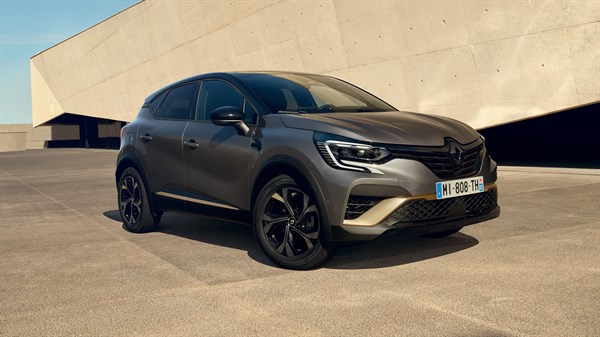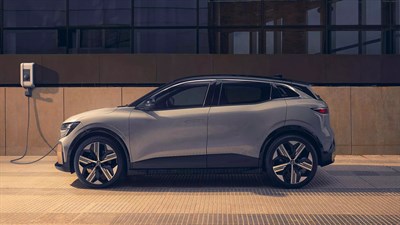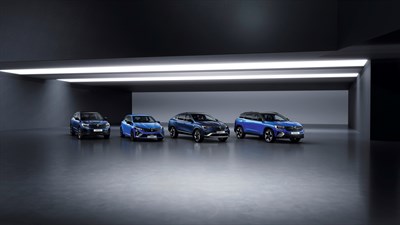YOUR QUESTIONS ABOUT E-TECH FULL HYBRID AND E‑TECH PLUG-IN HYBRID TECHNOLOGIES

E-Tech full hybrid and plug-in hybrid, Renault’s expertise
Find all the answers to your questions about the Renault E-Tech full hybrid and E-Tech plug-in hybrid technologies in our vehicles.
your questions about hybrid cars
your questions about charging hybrid vehicles and driving ranges
your questions about the advantages of hybrid cars


